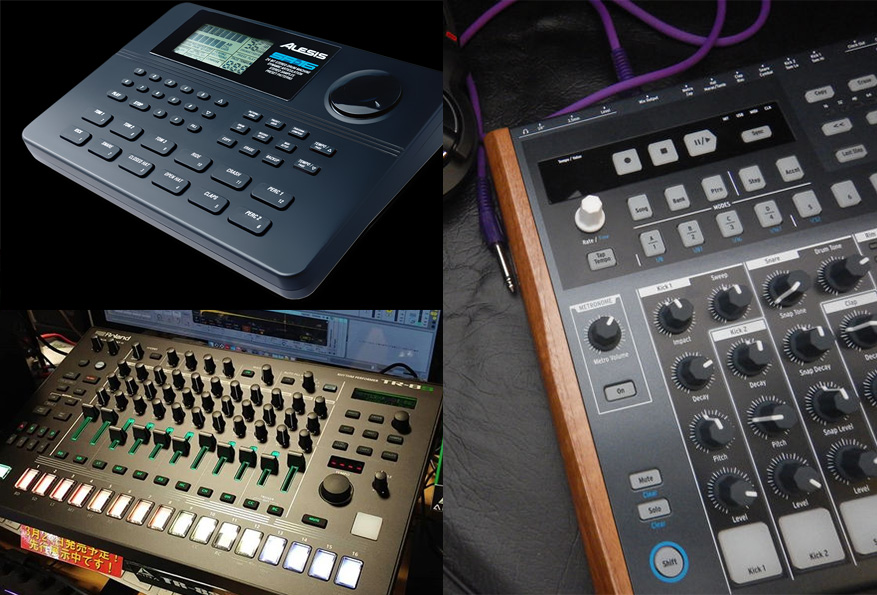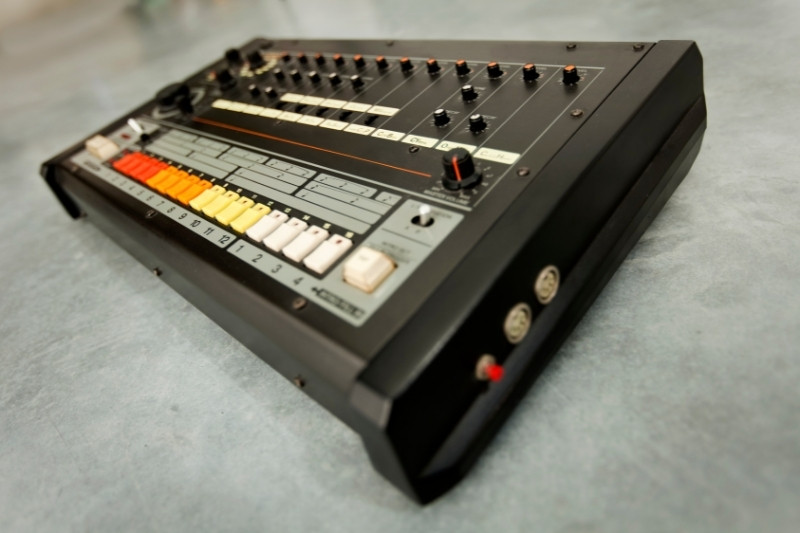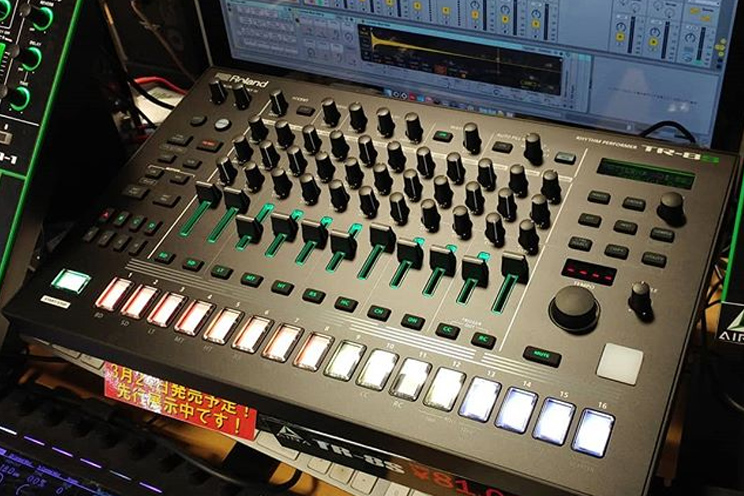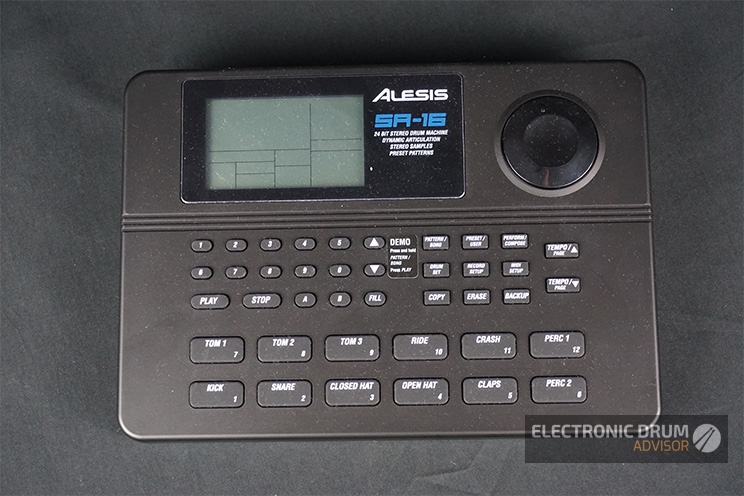How to Connect a Drum Machine To Your Computer (Easy Guide)

The process of recording audio or MIDI notes from a drum machine is a fairly easy process that can be achieved in a number of ways. You can record the audio from the drum machine directly if you like the sound from the gear, or you can record MIDI notes from the machine where you have flexibility to change and manipulate your tracks later.
These follow much of the same steps as outlined in our article How to Record Electronic Drums.
Contents
Option 1 – Recording the audio output directly from your drum machine via USB (If Available)
Higher-end drum machines such as the Roland TR-8s have their own audio interface built-in, which means that you can simply connect your drum machine to your computer via a USB cable, install the necessary drivers, and start recording.
Once you’ve done so, you should be able to see your drum machine as an audio input in your recording software. Select that as your input and press record! If you see audio waveforms appearing on screen then it means it’s working.
Option 2 – Recording the audio output from your drum machine via an audio interface
If your drum machine does not have the ability to transfer audio via USB to your computer, then you can use an audio interface to transmit the audio outputs from your drum machine to a digital signal that can be interpreted by your computer. You will need a computer, recording software (free software is sufficient), an audio interface, and audio cables.
It is recommended to invest in a decent audio interface as cheaper ones can easily break or produce poor-quality recordings. The Focusrite Scarlett 2i2 (4th Gen) audio interface is a great option as it is very popular, has excellent audio quality for its price point, and its build quality is superb.
To record audio from your drum machine:
- Connect the audio outputs from your drum machine to the inputs of your audio interface using audio cables.
- Turn up the gain or volume knob on your audio interface track to ensure that an audio signal will be passed through.
- Connect the USB output from your audio interface to the USB input on your computer.
- Launch the recording software on your computer (e.g. Reaper, Ableton, Audacity), select your audio interface’s name as the audio input for the track, “arm” the track for recording, and then press the record button.
Bear in mind that if your drum machine only has one 1/8 inch output, you may need a 1/8 inch to 1/4 inch TRS cable or an adapter from 1/8 to 1/4 inch.
By following these simple steps, you can record your drum machine onto your computer with ease. Higher-end drum machines even have the ability to multi-track record your audio via USB, giving you even more freedom to experiment and play around with your tracks.
Option 3 – Recording MIDI from your drum machine
When recording your drum machine, there are two main approaches: recording audio or recording MIDI. Unlike recording audio, which captures the sound of your drums as you play them, recording MIDI involves capturing the digital information of the notes played on the drum pads and cymbals. This information can then be used to trigger drum samples or synths on your computer’s audio software.
Recording MIDI offers a high level of flexibility when it comes to drum sounds and allows for easy modifications and adjustments to your drum track. Though you will need to trigger and process the samples on your machine as you’re only sending MIDI notes and not the audio. Despite the perceived complexity of MIDI, it has been a standard in electronic music instruments for many years and is widely supported by audio production software.
To record MIDI, you’ll need a computer and either a USB cable, MIDI-to-USB interface, or a MIDI drum module.
The type of connection required will depend on the output options of your drum machine.
If it has a USB output that supports MIDI transfer, you can connect it directly to your computer with a USB cable.
However, if it only has a standard MIDI output, you will need a MIDI-to-USB converter or interface to transmit the MIDI information to your computer. These devices are readily available and not too expensive.
Alternatively, if you have an audio interface, it may have MIDI capability, and you can connect MIDI cables from your drum machine to that interface.
If your current drum machine doesn’t support external MIDI options, you may need to upgrade to a better drum machine or a separate MIDI drum module. This can be a more costly option and may require additional work.
Learn More About Recording Drum Machines
If you want to learn more about recording electronic drums or drum machines to your computer, there is a more detailed article available that covers the topic extensively. The article is “How to Record Electronic Drums to Your Computer” and it covers everything from setting up your gear to choosing the right audio interface and software for your needs. Although the article focuses on electronic drum kits, the same concepts and techniques can be applied to recording drum machines as well.
Featured image – Alesis SR16 image Courtesy of Alesis. Roland TR-8S Image by Kazuhisa OTSUBO from Tokyo, Japan [CC BY 2.0 (https://creativecommons.org/licenses/by/2.0)]









